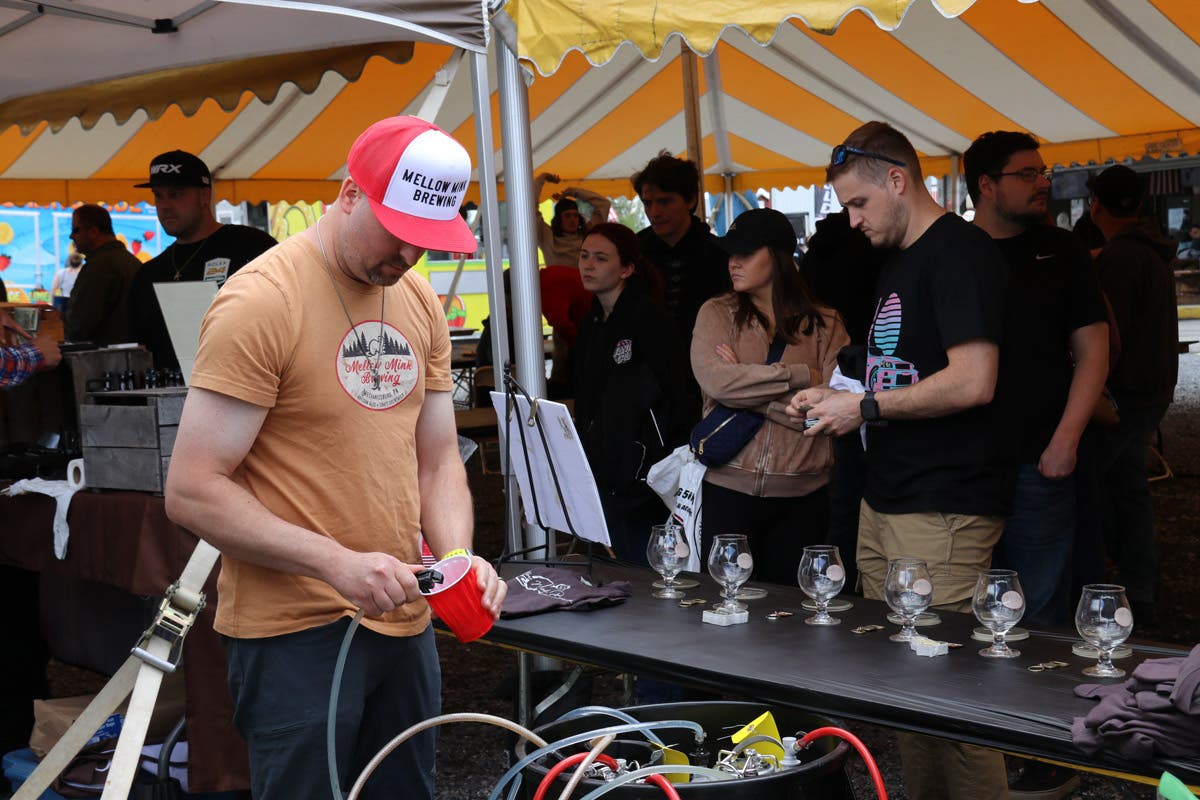Marmon Wasp joins HVA list
INDIANAPOLIS, PRNewswire — The Historic Vehicle Association (HVA) announced that the Marmon Wasp will join other automotive icons on the HVA’s National Historic Vehicle Register. The first Indy 500 winner is currently…
INDIANAPOLIS, PRNewswire -- The Historic Vehicle Association (HVA) announced that the Marmon Wasp will join other automotive icons on the HVA's National Historic Vehicle Register. The first Indy 500 winner is currently being measured and documented by the HVA using the guidelines set by the Secretary of the Interior's Standards for Heritage Documentation and the Historic American Engineering Record (HAER). Once complete, the material will permanently reside in the Library of Congress, joining such iconic cars as the Shelby Cobra Daytona prototype, the first Meyers Manx dune buggy and one of the last surviving Futurliners. This is being done to preserve an important chapter in America's automotive heritage.
"The yellow #32 Marmon Wasp is arguably one of the best known race cars in America," said Mark Gessler, President of the Historic Vehicle Association. "The 1911 race was the inauguration of a single, large-scale event designed to attract widespread attention from both American and European racing teams and manufacturers. It proved to be a successful event, immediately establishing itself both as the premier motorsports competition in the nation, and one of the most prestigious in the world."
5 facts about the Marmon Wasp
5. Luxury Performance –
Initially avoiding the trend set by Ford for low-priced, high-volume cars, Marmon focused squarely on the high-end market with an eye on speed. Early marketing included hiring Helen Keller as a spokeswoman, fielding cars in races around the country — where Ray Harroun won over 41 races in 1910, and sending a 1916 Model 34 across country in six days breaking the previous record held by Cannon Ball Baker. Their production cars gained a reputation as reliable and fast upscale automobiles. Marmon, like its luxury competitors, couldn't survive the Great Depression, however. Despite introducing a lower-cost car in the late 1920s, the company built its last automobile – the 16-cylinder Series 16 — in 1933.
4. Factory Hot Rod –
Ray Harroun, an engineer for the Marmon Motor Car Company, designed the six-cylinder Marmon Wasp from stock Marmon engine components, adding two cylinders to the production Model 32 engine on which it was based. The Marmon, originally dubbed "Yellow Jacket" by the media and later shortened to "Wasp," was built with a cowled cockpit and a long pointed tail to reduce air drag, and adorned with a yellow and black paint scheme. The car also featured another important innovation – the rear view mirror. Ray Harroun was the first driver to race without a riding mechanic to watch for cars from behind and it is believed that the Marmon was the first car equipped with this piece of equipment.
3. Must Drive 75: The 1911 International 500-Mile Sweepstakes Race Grid
Out of the 46 1911 Indy 500 entries, only 40 were able to achieve the 75 mph along the quarter-mile straight required in order to qualify. Cars started based on their entry date (also their car number), rather than qualifying time. Joining Harroun for the historic rolling start were racing legends such as Ralph de Palma in a Simplex, Bob Burman in a Benz and runnerup Ralph Mulford in a Lozier.
2. One and Done -
Ray Harroun and the Marmon Wasp started in row 6 in the 28th position. Harroun completed the 500-mile race in 6 hours, 42 minutes and 8 seconds with an average speed of 74.49 mph. Harroun, preferring his engineering career over that of a motorsports celebrity risking life and limb never raced again. Marmon likewise retired from official competition, content with the boost in sales provided by the 1911 victory.
1. Birth of a legend –
The inaugural Indy 500 made an indelible mark on international motor racing and the event quickly became one of the premier motorsports competitions in the world. Except for a few off years due to WWI and WWII, the race has been run continuously since 1911. This year marked the 100th running of what has become the largest single-day motorsports spectator event in the world.
Click here for more Marmon Wasp Photos: HVA Marmon Wasp Photos
About the Historic Vehicle Association
The HVA is dedicated to preserving and sharing America's automotive heritage. For information visit: historicvehicle.org








